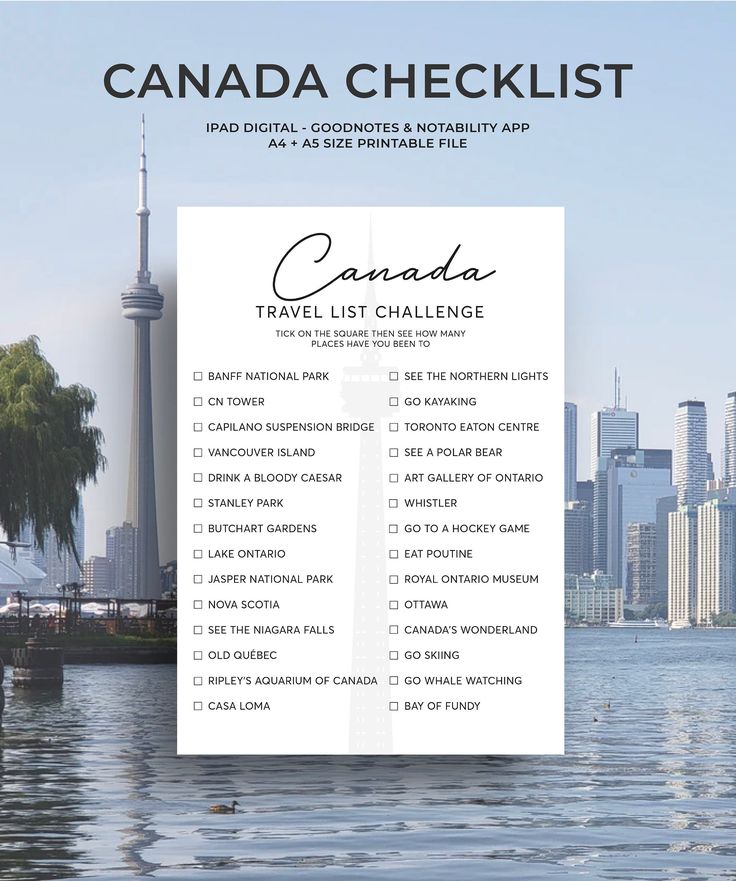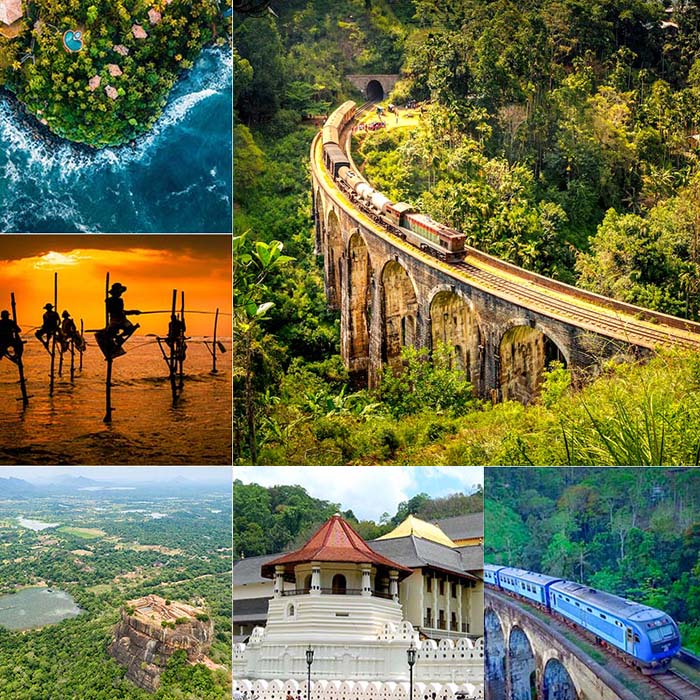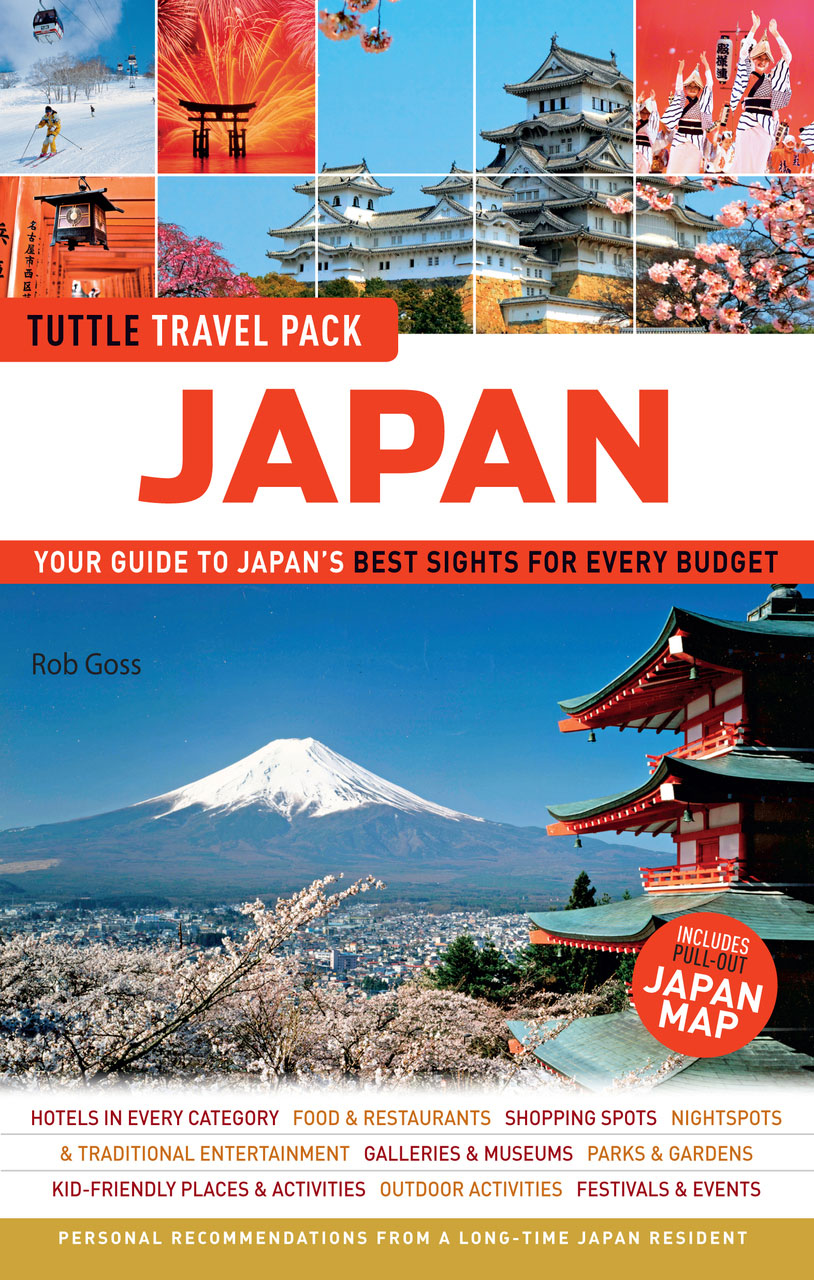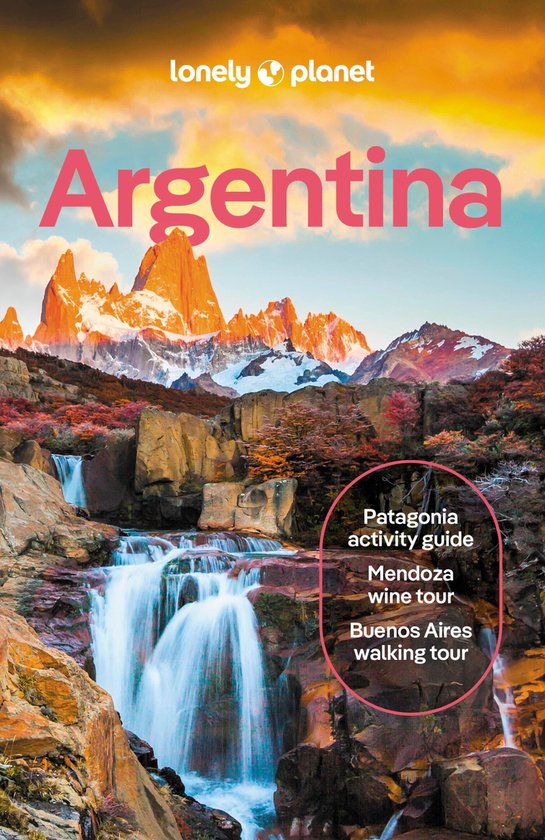
Dubai, a city that effortlessly blends futuristic ambition with rich cultural heritage, stands as a testament to human ingenuity and aspiration. From its towering skyscrapers to its pristine desert landscapes, this dazzling emirate offers an array of experiences that cater to every kind of traveler. If you’re dreaming of a journey filled with luxury, adventure, and unique cultural insights, then What You Need to Know About Dubai For a Memorable Experience is crucial for planning your perfect trip. This comprehensive guide will equip you with essential knowledge, practical tips, and insider advice to ensure your visit to this Arabian jewel is nothing short of extraordinary.
Getting Started: Essential Planning for Your Dubai Adventure
Embarking on a journey to Dubai requires a bit of foresight and preparation. Understanding the logistical aspects beforehand will significantly enhance your travel experience, allowing you to focus on enjoying the city’s wonders rather than getting bogged down by details.
Visa Requirements and Entry into Dubai
Before you even think about packing, clarifying visa requirements is paramount for your Dubai adventure. Many nationalities, particularly those from Western countries and the GCC, can obtain a visa on arrival, often valid for 30 or 90 days. However, it’s always best to check the official UAE government website or consult your local embassy well in advance, as regulations can change. Ensure your passport has at least six months’ validity beyond your intended departure date. Moreover, be aware of customs regulations regarding items like alcohol, tobacco, and prescription medications to ensure a smooth entry process.
Best Time to Visit Dubai for an Optimal Experience
Choosing the right time to visit Dubai significantly impacts your overall enjoyment. The cooler months, spanning from October to April, are widely considered the best period. During these months, temperatures are pleasant, ranging from the low 20s to mid-30s Celsius (70s to 90s Fahrenheit), making outdoor activities and sightseeing incredibly enjoyable. Popular events like the Dubai Shopping Festival also take place during this season. Conversely, the summer months (May to September) are extremely hot, with temperatures often exceeding 40°C (104°F). While hotels offer attractive deals and indoor attractions provide respite, extensive outdoor exploration can be challenging.
Navigating Currency and Costs in Dubai
The official currency of Dubai is the UAE Dirham (AED), which is pegged to the US Dollar (1 USD ≈ 3.67 AED). Credit and debit cards are widely accepted throughout the city, from high-end boutiques to local eateries. However, it’s advisable to carry some cash for smaller purchases or for markets where cash might be preferred. Budgeting for your Dubai trip involves considering accommodation, dining, activities, and transportation. Dubai can be as luxurious or as budget-friendly as you make it. While five-star hotels and gourmet meals are plentiful, there are also excellent mid-range options and street food vendors offering delicious and affordable fare. Tipping is customary but not mandatory; 10-15% in restaurants is appreciated, and small tips for hotel staff or taxi drivers are common.
Iconic Sights and Must-Do Activities in Dubai
Dubai is a playground of architectural marvels and exhilarating experiences. To truly have a memorable experience in Dubai, immersing yourself in its iconic attractions is a must.
Discovering Dubai’s Architectural Marvels and Landmarks
Dubai’s skyline is a testament to its ambitious vision. No visit is complete without ascending the Burj Khalifa, the world’s tallest building, for breathtaking panoramic views from its observation decks. Nearby, the spectacular Dubai Fountain show at the foot of the Burj Khalifa offers a mesmerizing display of water, music, and light. Explore the colossal Dubai Mall, not just for shopping but also for its indoor aquarium and ice rink. The artificial archipelago of Palm Jumeirah, home to luxurious resorts like Atlantis, The Palm, is another engineering marvel worth seeing, perhaps from a monorail ride. More recently, the Museum of the Future has emerged as an architectural and intellectual landmark, offering a glimpse into what lies ahead for humanity. These landmarks provide a profound sense of the city’s scale and innovative spirit.
Experiencing Thrilling Adventures in Dubai
Beyond its magnificent structures, Dubai offers an adrenaline rush for every adventure seeker. A quintessential Dubai experience is a desert safari, complete with dune bashing, camel riding, sandboarding, and a traditional Bedouin-style dinner under the stars. For those seeking aerial thrills, skydiving over Palm Jumeirah offers an unparalleled view of the city’s iconic landscape. Water lovers can spend a day at world-class water parks like Aquaventure at Atlantis, The Palm, or Wild Wadi Waterpark, both featuring exhilarating slides and rides. Surprisingly, you can even go indoor skiing at Ski Dubai in the Mall of the Emirates, complete with real snow and ski lifts, proving that anything is possible in this dynamic city.
Indulging in Dubai’s Culinary Delights and Shopping Sprees
Dubai’s culinary scene is as diverse as its population, offering everything from Michelin-starred restaurants to authentic street food. Savor traditional Emirati dishes like Al Harees and Shawarma, or explore the vast array of international cuisines available. Don’t miss the opportunity to try a luxurious brunch, a popular weekend activity. For shopping enthusiasts, Dubai is a paradise. The Dubai Mall and Mall of the Emirates house thousands of international brands, while the traditional souks – the Gold Souk, Spice Souk, and Textile Souk – offer a more authentic shopping experience where you can haggle for unique treasures and local spices. These vibrant markets provide a sensory overload and a fantastic opportunity to take home a piece of Dubai.
Embracing Culture and Etiquette for a Respectful Dubai Visit
Understanding and respecting local customs is vital for a pleasant and memorable experience in Dubai. The UAE is a Muslim country, and while generally tolerant and cosmopolitan, adhering to local etiquette shows respect for its culture and people.
Understanding Local Customs and Traditions in Dubai
When visiting Dubai, modest dress is appreciated, particularly in public places, government buildings, and religious sites like mosques. While swimwear is acceptable at beaches and hotel pools, covering up when transiting to and from these areas is advisable. Public displays of affection are generally frowned upon, and excessive noise or aggressive behavior can lead to issues. During the holy month of Ramadan, it’s respectful to refrain from eating, drinking, and smoking in public during fasting hours. Moreover, always ask permission before photographing people, especially women. These considerations ensure a harmonious interaction with the local community and enrich your understanding of Emirati culture.
Navigating Public Transport and Getting Around Dubai
Dubai boasts an efficient and modern public transportation system. The Dubai Metro is a clean, air-conditioned, and cost-effective way to travel to many major attractions, including the Burj Khalifa, Dubai Mall, and Dubai Marina. Purchasing a "Nol Card" is essential for using the metro, buses, and even some water taxis. Taxis are readily available and reasonably priced, identifiable by their cream color. Ride-hailing apps like Uber and Careem are also popular and convenient. For those who prefer independent travel, car rental is an option, but be prepared for heavy traffic and sometimes aggressive driving, especially during peak hours. Walking is pleasant in certain areas like the Marina or Old Dubai during the cooler months, but often distances between attractions are too great.
Staying Safe and Healthy During Your Dubai Trip
Dubai is renowned for being one of the safest cities in the world, with extremely low crime rates. However, basic precautions are always wise. Always stay hydrated, especially during the warmer months, and use high-SPF sunscreen to protect against the strong sun. Carry a copy of your passport and visa, and keep original documents in a secure place. Healthcare facilities in Dubai are excellent, but travel insurance is highly recommended to cover any unforeseen medical expenses. Familiarize yourself with emergency numbers (999 for police, 998 for ambulance, 997 for fire) and ensure your accommodation is aware of any medical conditions you might have. Following local laws and being mindful of your surroundings will ensure a smooth and safe trip.
Crafting Your Perfect Itinerary: Tips for an Unforgettable Dubai Experience
With so much to see and do, crafting a well-balanced itinerary is key to maximizing your memorable experience in Dubai. Strategic planning helps you enjoy both the bustling city life and moments of relaxation.
Balancing Relaxation and Exploration in Dubai
To truly appreciate Dubai, aim for a blend of energetic exploration and tranquil relaxation. Don’t feel pressured to pack every minute with activities. Dedicate some time to unwind at one of Dubai’s pristine public beaches, like JBR Beach or La Mer, or enjoy the luxurious amenities of your hotel pool. Intersperse intense sightseeing days with slower-paced activities, perhaps a leisurely dhow cruise along Dubai Creek, exploring the historic Al Fahidi district, or simply enjoying a traditional Arabic coffee at a café. This balance prevents burnout and allows for spontaneous discoveries, making your Dubai experience richer and more enjoyable.
Budget-Friendly Hacks for a Great Dubai Getaway
While Dubai has a reputation for luxury, a memorable experience doesn’t have to break the bank. Look for hotel and flight deals during the shoulder seasons (April/May or September/October) when temperatures are milder, and crowds are thinner. Many attractions offer online discounts, and purchasing combo tickets can save money. Take advantage of free attractions like the Dubai Fountain show, exploring the vibrant souks (even if just window shopping), and strolling along the Dubai Marina Walk. Eating at local eateries and food courts in malls can be significantly cheaper than fine dining. Furthermore, the Entertainer app often has "buy one, get one free" offers for dining, activities, and attractions, providing substantial savings.
Capturing Memories: Photography Tips in Dubai
Dubai offers countless opportunities for stunning photographs, ensuring your memories last a lifetime. For iconic skyline shots, head to the observation decks of the Burj Khalifa, the Dubai Frame, or various rooftop bars. The desert at sunrise or sunset provides dramatic backdrops for desert safari photos. For cultural shots, the bustling souks and the traditional architecture of Al Fahidi historical neighborhood are perfect. Remember to always be respectful of local customs: avoid photographing people without their explicit consent, particularly women and children. Be mindful of privacy and enjoy documenting the beauty and vibrancy of this incredible city.
Conclusion: Your Gateway to an Unforgettable Dubai Experience
Dubai is a city that never ceases to amaze, offering a unique blend of futuristic visions, thrilling adventures, and deep-rooted cultural experiences. By understanding What You Need to Know About Dubai For a Memorable Experience, from visa requirements and seasonal considerations to cultural etiquette and exciting activities, you are now well-equipped to plan a truly exceptional journey. This guide has provided you with the foundational knowledge to navigate its wonders, embrace its culture, and create cherished memories. So, pack your bags, prepare for an adventure of a lifetime, and get ready to be captivated by the magic of Dubai. Your unforgettable experience awaits!






